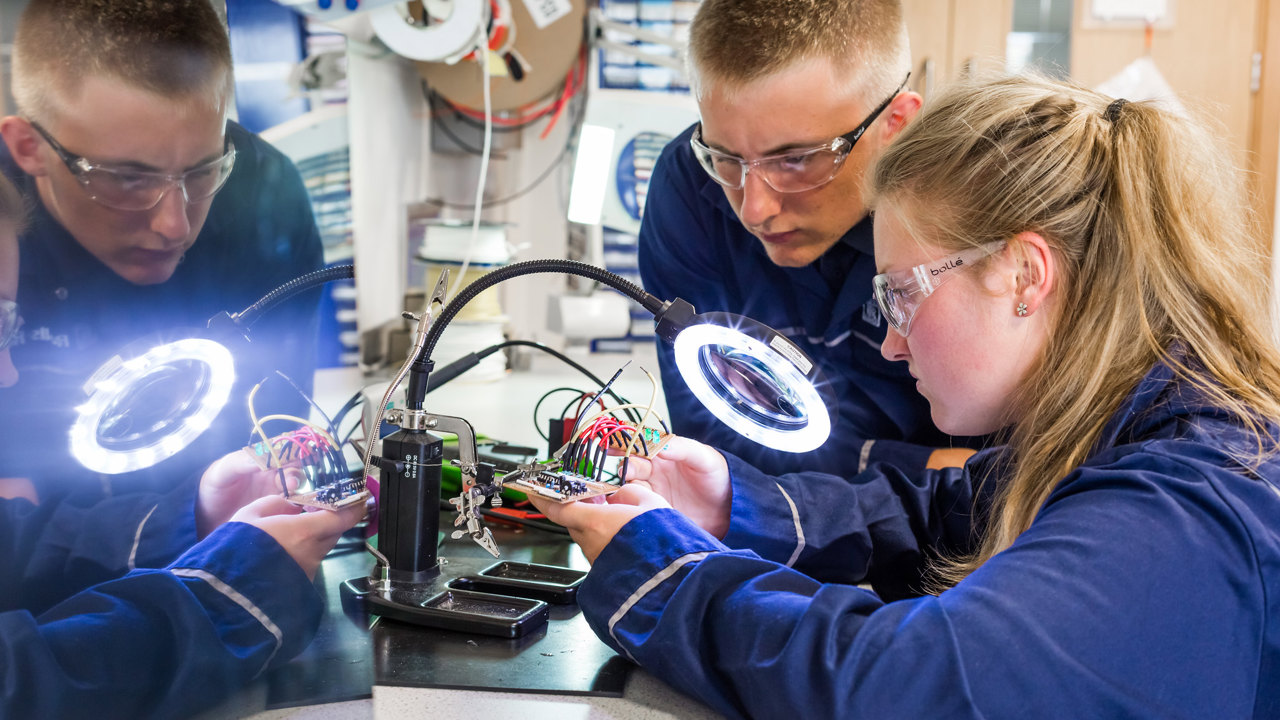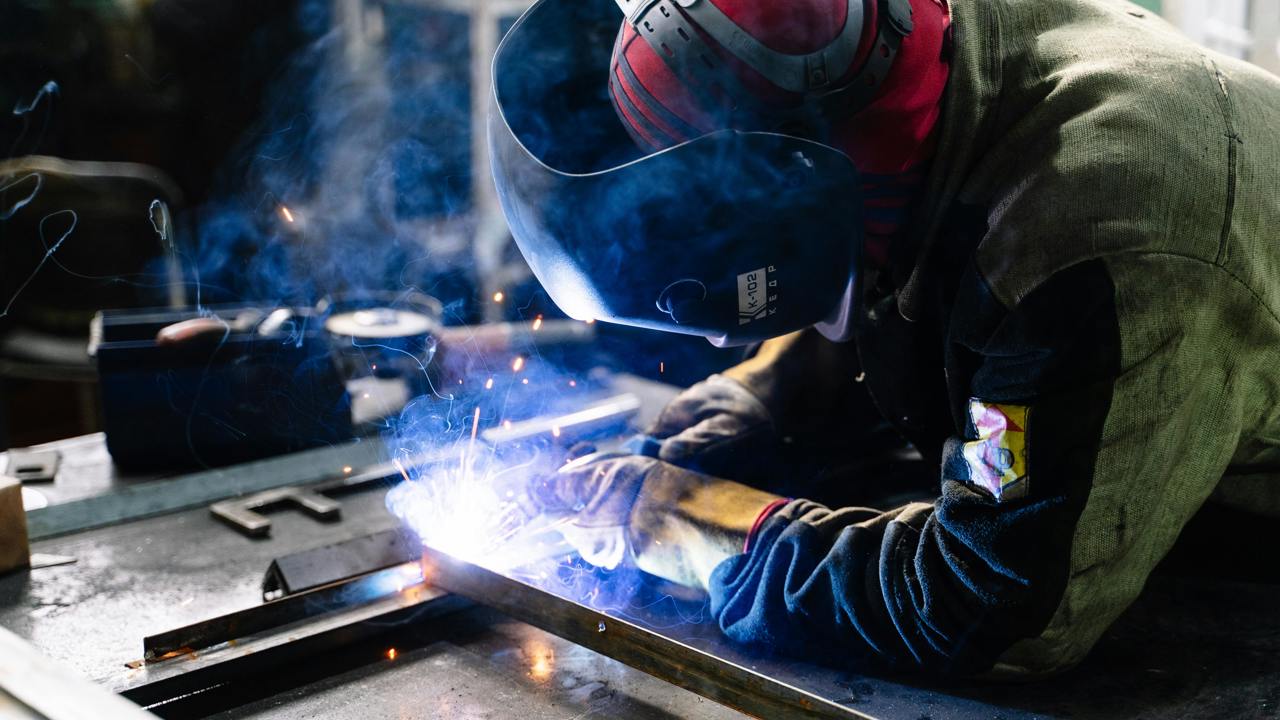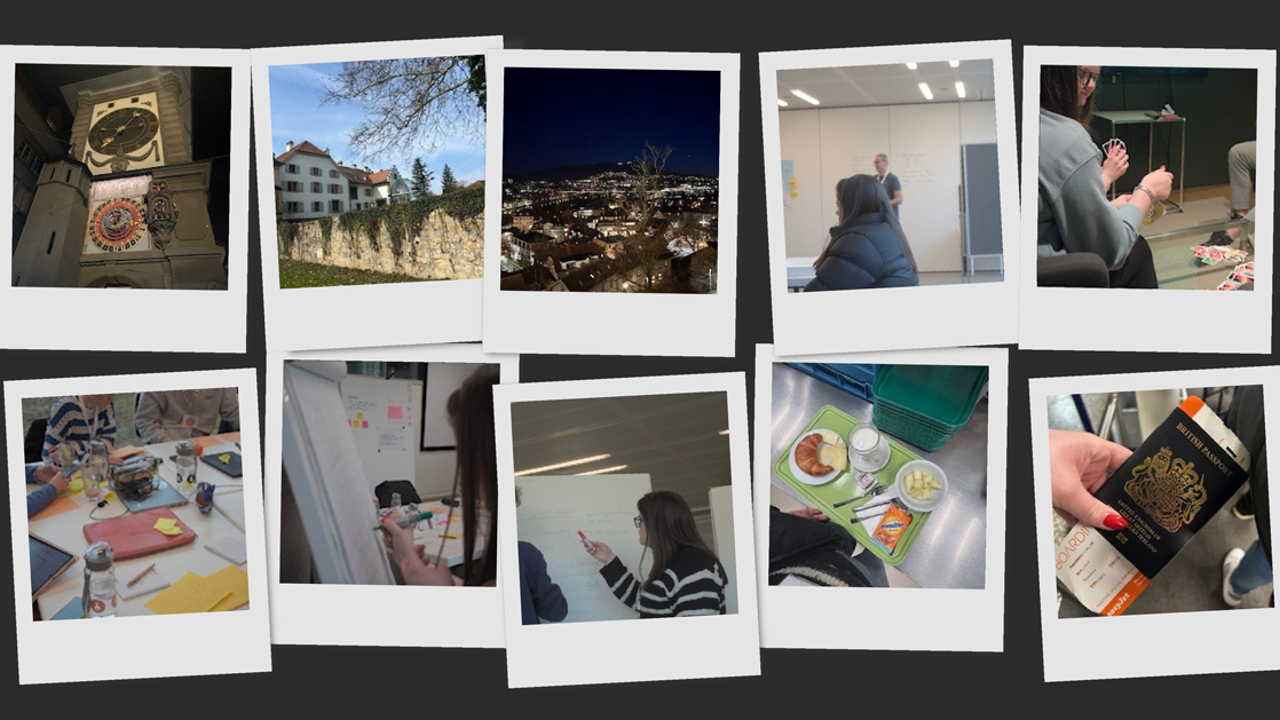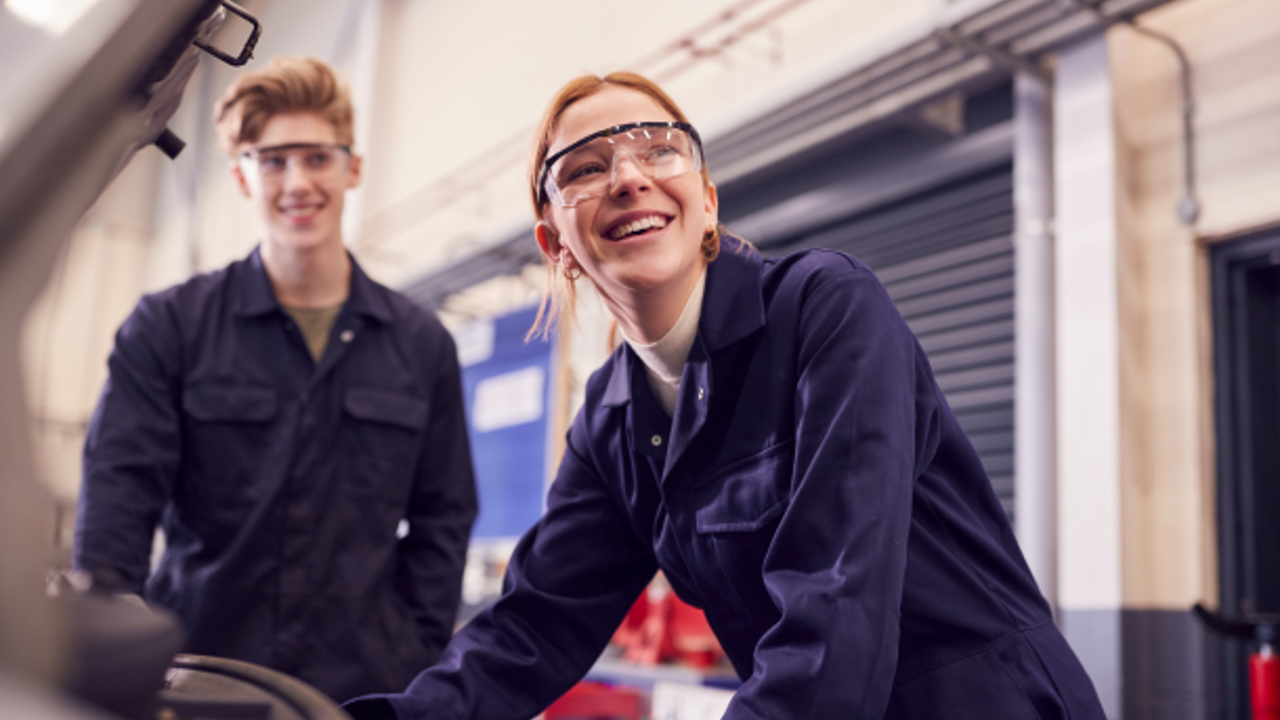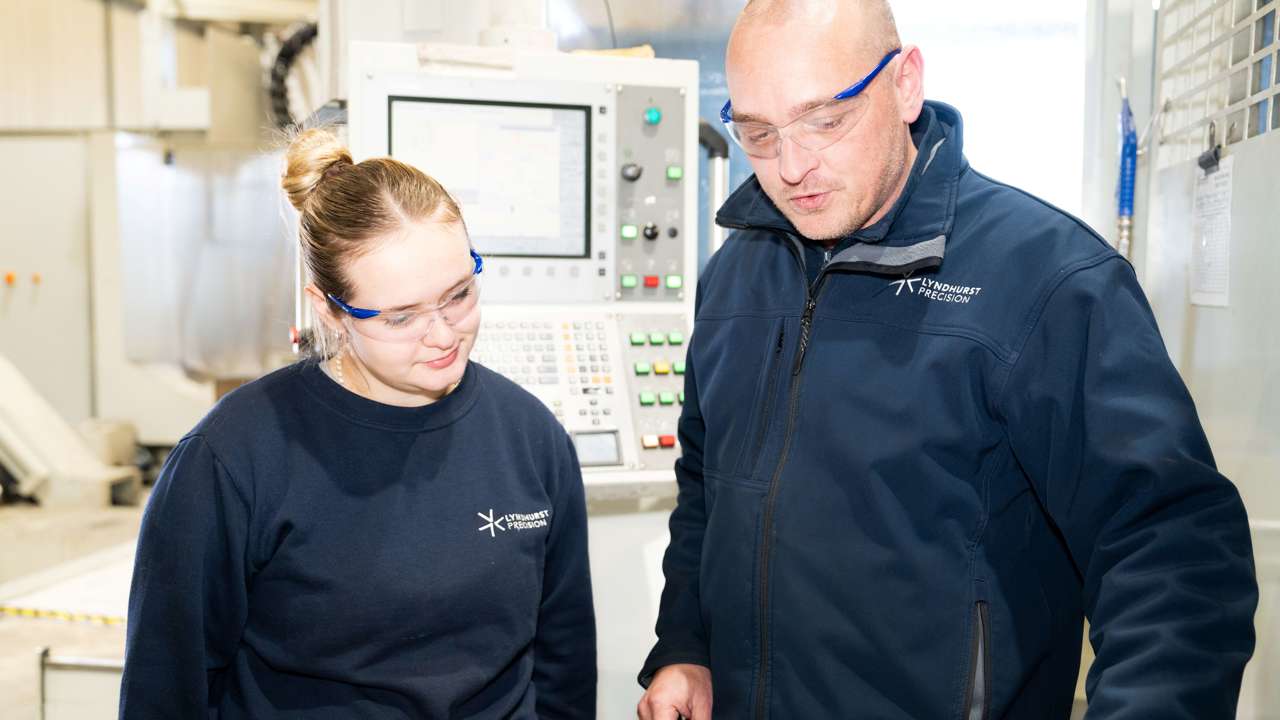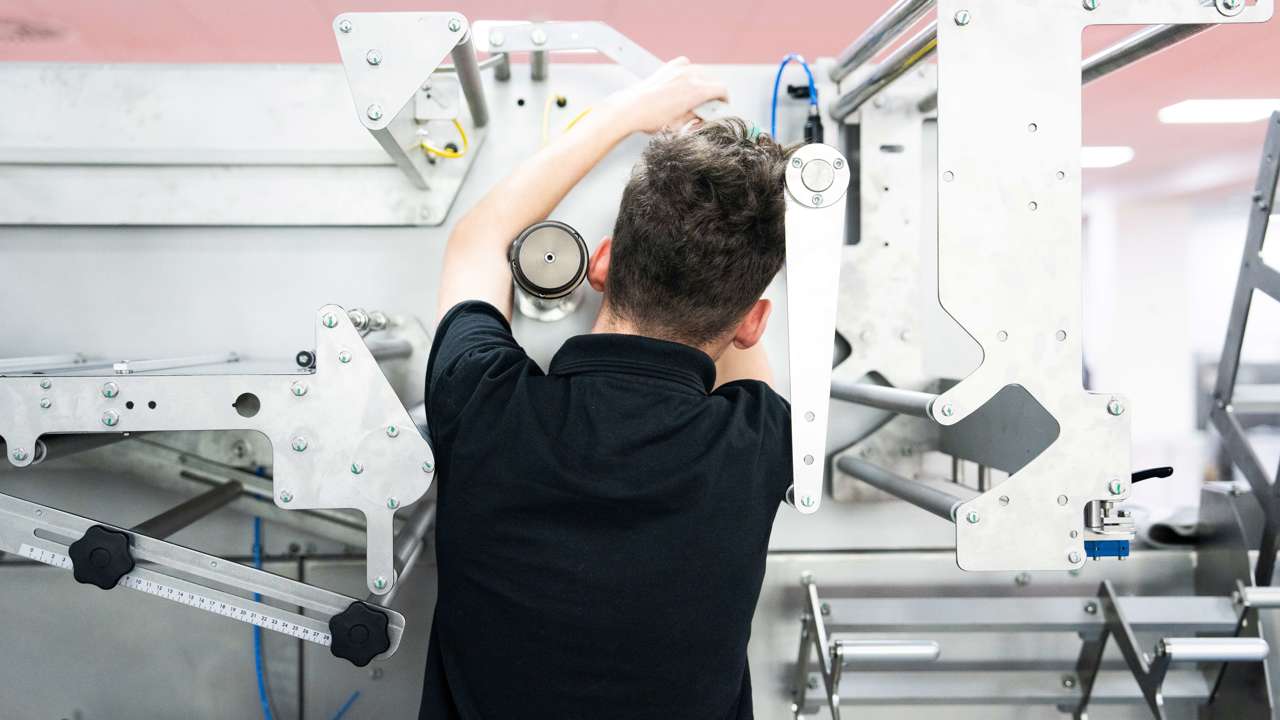How bursaries can inspire young people get into STEM
By EngineeringUK Head of EDI, Susi Farnworth
EngineeringUK Head of EDI, Susi Farnworth, discusses how bursaries can help engage groups that are under-represented in engineering and the impact of our own schemes.
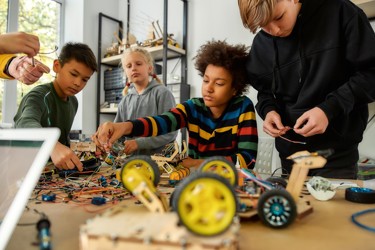
The challenge
In 2020 EngineeringUK was faced with a challenge – how to enable more young people from groups who are under-represented in the engineering profession to engage with STEM outreach, so that they are more likely to be inspired into an engineering career (including girls, those from lower-socio-economic backgrounds, those from UK minority ethnic backgrounds and those with special educational needs and disabilities). Our data showed that the types of schools participating in our STEM engagement activities were heavily skewed towards schools who don’t have high numbers of young people from groups under-represented in engineering. So we developed a set of equality, diversity and inclusion (EDI) criteria that would help identify the schools with the highest proportions of priority groups. We also knew that there were reasons such schools were less likely to engage and concluded that funding would help them overcome some of the things that had previously been blockers and unlock access to these programmes for their students. We established a suite of bursary schemes which would be available to schools that met our EDI criteria, to support them to participate in EngineeringUK programmes and experiences listed on Neon.
"As far as the bursary is concerned, it was the difference between us being able to go and being able to make a good show for ourselves and basically just turning up and bringing the numbers up
…It made a significant impact. Without the bursary we would not have been able to do any of the tasks at all on the day and that is the bottom line.”
A teacher whose school participated in the Robotics Challenge after receiving a bursary
Setting up the bursary schemes
In 2020 we established bursary schemes offering between £300 and £1,500 per school to help them participate in some of our programmes and made a bursary available to schools wishing to engage students with the experiences listed on Neon. We also maximized opportunities for schools to take part in our programmes virtually.
151 schools received a bursary in 2020/21 and a further 129 in 2021/22 and since then further schools have benefitted.
Did the bursaries do what they set out to do?
The evaluation report of the 2021/22 bursary schemes clearly shows that the schemes have made progress towards meeting their aims of reaching more young people from groups underrepresented in engineering.
We know that women are heavily under-represented in the engineering industry and these bursaries clearly helped reach more girls. For example, 56% of students who participated in a Neon activity after their schools received a bursary were girls.
We also know that people from lower socio-economic backgrounds are less likely to work in engineering, and these bursaries reached many young people from lower socio-economic backgrounds – data from the Neon programme showed that 36% of students who participated after their school received a bursary were eligible for free school meals (whereas the national average is 22% of students being eligible for free school meals).
“That was great because the kids, their aspirations are very low and they don't have much exposure. The parents have lived in the area, the grandparents have lived in the area, they've lived in the area and you know, it's just getting them exposed to other things outside of [area]”
A teacher from a school who did an experience listed on Neon after receiving a bursary
How were the bursaries used?
Schools were given flexibility to use the money in a way that would help them to participate and effectively engage young people from under-represented groups. Most schools decided to spend it on equipment or materials for the activity, pay for an experience listed on Neon or to pay for travel to the activity. We were delighted to see that a proportion of schools used their bursary to buy equipment they could continue to use after completion of the programme (38% in the case of the Big Bang at Schools programme). Whilst the option was available for schools to spend this on teacher or technician cover, very few did so.
“…this year we had over 40 girls sign up for the robotics club but we could only accept 30 (randomly chosen) due to not having enough robots to share around […] We would look to put the bursary funds towards getting more Lego Robots so even though only 10 girls get to go to the competition, at least we have efficiently supplied all the girls interested with the opportunity to get involved in engineering.”
A teacher who applied for a bursary to enable their students to participate in the Robotics Challenge.
Why the schemes worked
Our evaluation showed that teachers felt that the bursaries helped enable them to involve more young people from under-represented backgrounds in the STEM activity – with at least 73% of teachers agreeing (and as many as 84% in one of the schemes) ‘that the bursary allowed their school to involve more students from underrepresented backgrounds’.* Teachers also felt that it improved the student experience (which can be particularly important for engaging students from under-represented groups) - with between 84% and 94% of teachers agreeing ‘that the bursary meant their students had a better experience of the programme than they otherwise would have’.
This is a challenging time for schools to put in place what is needed to enable young people to be inspired into engineering. A key learning is that this funding is unlocking opportunities for girls and young people from lower socio-economic groups to engage with activities that aim to set them on a path to a career in engineering.
*3 out of 4 schemes run in 2021/22 asked teachers about this.

